Best
Speaker for Home
-
Overall: Tabletop powered speaker with exclusive Klipsch audio technology.
-
Best Feature: Dual 2.25-inch full-range drivers.
-
TedScore™: 10/10
Best
Overall Speaker
CT SW15 Passive Subwoofer Known for pristine
audio clarity.
-
Overall: Sleek and robust
cabinet design. -
Best Feature: Equipped with a large,
high-excursion driver. -
TedScore™: 9/10
Best
Portable Speaker
-
Overall: 10" extended range neodymium speakers.
-
Best Feature: Sturdy construction with recessed handles.
-
TedScore™: 8/10
So, you’re all set to play your favorite song, but then you encounter a problem – the 4 Ohms Vs. 8 Ohms dilemma with your new amplifier.
Imagine sitting down with your guitar, about to jam out, and realizing you’re not sure if your speakers match your amp.
In my time meddling with amplifiers and speakers, I’ve had my fair share of “Ohm-my-gosh” moments. I recommend starting with 8 Ohm speakers for most home setups—they’re pretty forgiving and widely compatible.
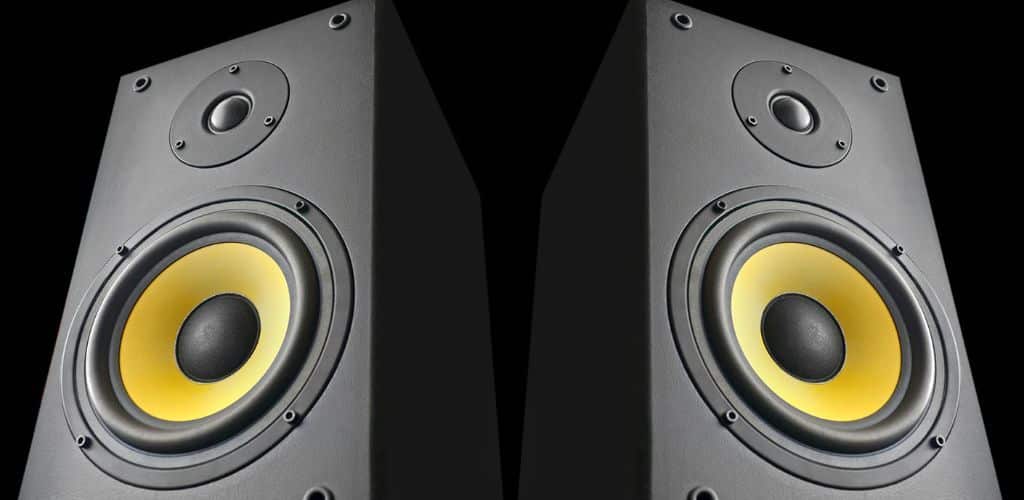
Trust me, deciphering speaker impedance isn’t just about numbers; it’s about finding the harmony between power, volume, and crystal-clear sound that doesn’t miss a beat.
So, crank up the volume (but not too much!) and lean in; I’ll explain how choosing the right resistance can make the difference between a great and not-so-great sound.
Characteristics of 4-Ohm and 8-Ohm Speakers
In the spirited audio world, speaker impedance is a rather juicy topic. It boils down to the speaker’s resistance to the power flowing from the amp, tangible in 4-ohm and 8-ohm variants.
4-Ohm Speakers
My 4-ohm buddies tend to be the life of the party, housing lower resistance than their 8-ohm counterparts. This characteristic often translates to a greater demand for amplifier power to churn out the same volume levels. When matched with a suitable amp, these speakers show off their power-handling prowess, but pairing them with a less capable amp is a recipe for an underwhelming audio affair.
Their efficiency is a double-edged sword; on one flair of the blade, they extract more power and can belt a louder tune.
Yet, on the flip, the sound can become distorted much quicker than the more timid 8-ohm speakers without an adequate amp.
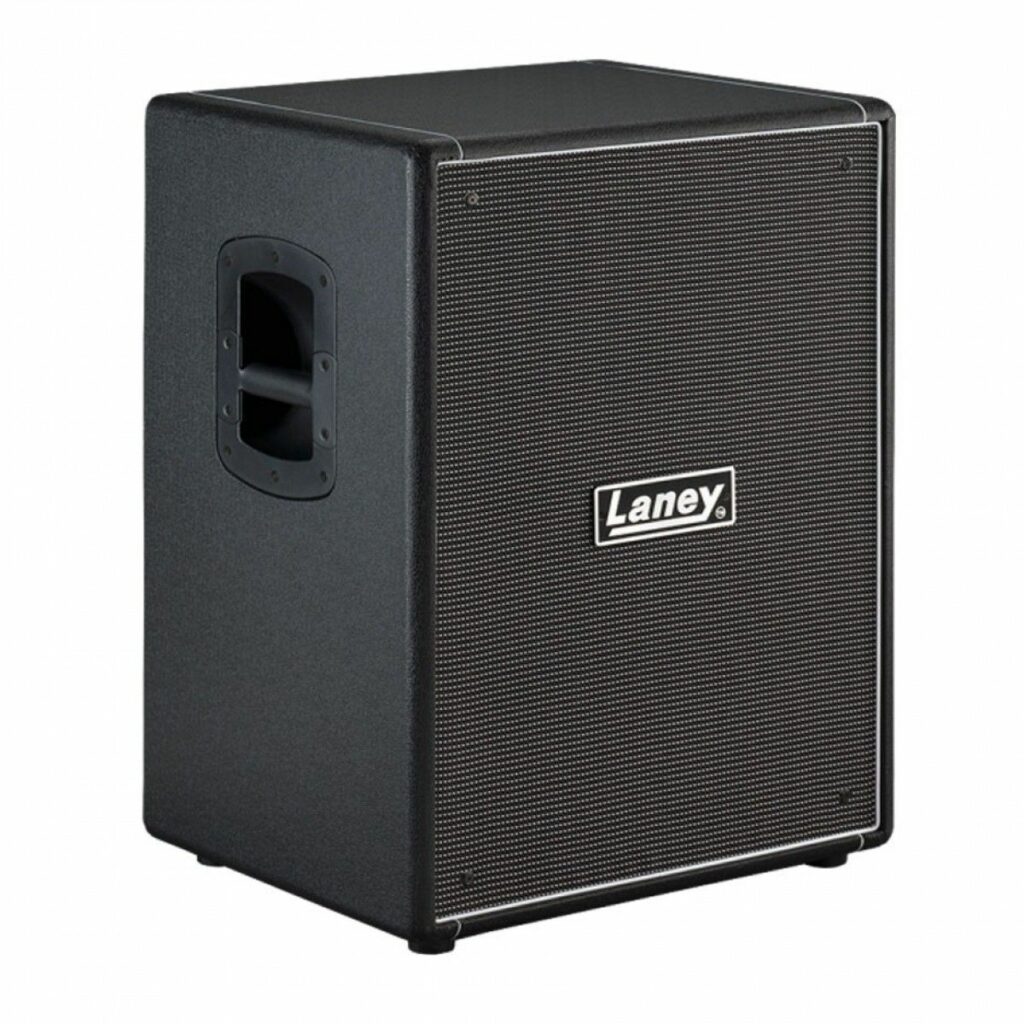
8-Ohm Speakers
As for the 8-ohm range, they play a mellower game, presenting higher resistance. Their more forgiving nature requires less power to operate, making them a cozy fit with a broader array of amplifiers.
This typically equates to better efficiency and sensitivity as they work more harmoniously within a given amp’s comfort zone.
While weaving through choices, I remember that 8-ohm speakers might need to reach the roaring heights of their 4-ohm chums.
However, they often gift a more balanced and reliable performance without the need for chunky power loads, which is quite the charm if you ask me.

Compatibility and Performance

Discussing amplifiers and speakers is like finding two puzzle pieces that fit perfectly.
I aim to guide you through ensuring your amplifier and speakers are a match made in heaven and unravel how this pairing affects the quality and oomph of your sound output.
Amplifiers and Speakers Matching
Picking an amplifier that matches your speakers is crucial.
If I pair a 4-ohm speaker with an amplifier that craves an 8-ohm load, they might play poorly together.
The key is to check the specs of your amplifier to see if it can handle lower impedances—some can comfortably drive 4, 6, or 8-ohm speakers without a hitch.
Not all amplifiers are born equal. The amp’s power rating should suit the speaker’s requirements in the perfect scenario.
If the amp is underpowered for my 4-ohm speakers, it could result in a lackluster performance. Conversely, an overpowered amp might push my 8-ohm speakers too hard and cause distortion.
Quality and Power Output
The balance of power and quality is a tightrope walk.
4-ohm speakers can be more demanding; they require more current to deliver the same volume as 8-ohm speakers.
When the match is right, they provide a powerful punch, making them a favorite in my car, where space and power are at a premium.
Higher-impedance speakers only need a little juice. My 8-ohm speakers are typically more relaxed on the power front but demand a heavier lift from the amplifier to hit those high notes.
It doesn’t necessarily mean poor sound quality but rather a different approach to achieving aural bliss.
Best Brands for 4 Ohm and 8 Ohm Speakers

When I hunt for top-notch audio equipment, I always keep an ear out for brands that marry quality with value.
Bowers & Wilkins CT SW15 Passive Subwoofer
For 4-ohm speakers, it’s hard to pass up on the offerings from Bowers & Wilkins; their gear always delivers a beat for high-quality sound.
The Bowers & Wilkins CT SW15 Passive Subwoofer features a robust 15-inch driver and a sealed enclosure, delivering deep, precise bass with minimal distortion.
Its high power handling and exceptional build quality make it an excellent choice for custom home theater installations, providing powerful and immersive low-frequency performance.

Bowers & Wilkins CT SW15 Passive Subwoofer

FEATURES: Sleek and robust cabinet design.
OTHER INFO: Equipped with a large, high-excursion driver.
- Seamless Integration.
- Requires external amplification.
When you click ‘Check Price’, you’ll see there are loads of great places to buy this item. Our personal favorite is Sweetwater for the US, and Thomann and Gear4Music for the UK & Europe.
They are the largest music retailers, with excellent customer service, competitive prices, really fast shipping, and the longest guarantees.
The professional musician who wrote this article combined many things,
from the product build, manufacturer’s reputation through to feedback
from other users, to create our famous TedScore™.
Markbass MB58R 122 P Bass Cab
The Markbass MB58R 122 P Bass Cab features two 12-inch neodymium speakers and a piezo tweeter, delivering a punchy, articulate sound with excellent clarity and definition.
Its lightweight, rugged construction and impressive power handling make it an ideal choice for gigging bassists seeking portability without compromising on tone.

Markbass MB58R 122 P Bass Cab
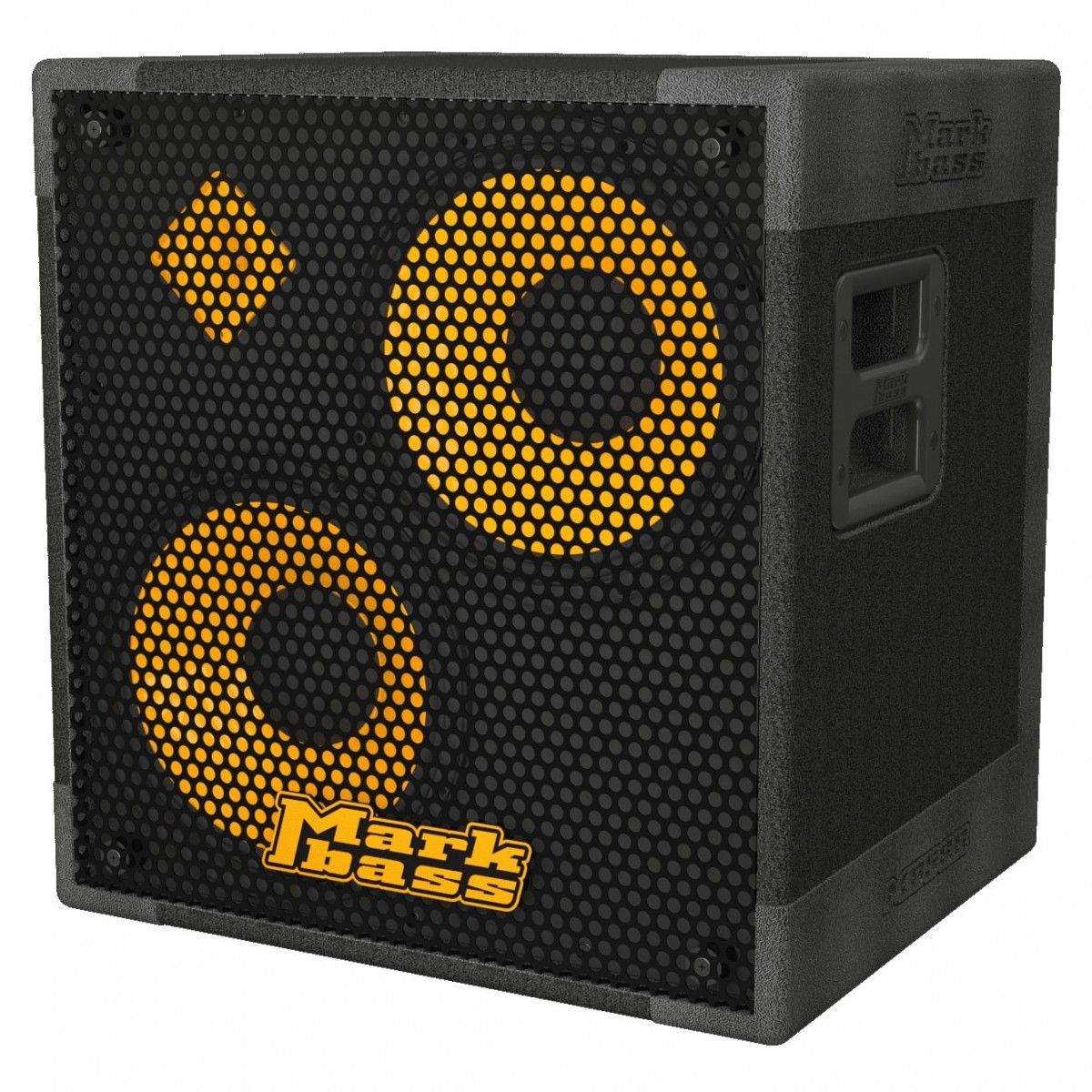
FEATURES: Classic Markbass low-end delivered by two 12" ceramic speakers.
OTHER INFO: Sparkling, transient sonic attack ensured by a piezo tweeter
- Eco friendly, light and resounding bottom end sonics.
- May not integrate well with certain audio systems.
When you click ‘Check Price’, you’ll see there are loads of great places to buy this item. Our personal favorite is Sweetwater for the US, and Thomann and Gear4Music for the UK & Europe.
They are the largest music retailers, with excellent customer service, competitive prices, really fast shipping, and the longest guarantees.
The professional musician who wrote this article combined many things,
from the product build, manufacturer’s reputation through to feedback
from other users, to create our famous TedScore™.
Klipsch The Three Plus Powered Speaker Stereo System
In contrast, when I swivel towards 8-ohm speakers, I’ve found that Klipsch speakers bring the cinema to my living room.
They consistently deliver speakers and amps that delight movie nights with crystal-clear acoustics.
Klipsch The Three Plus Powered Speaker Stereo System
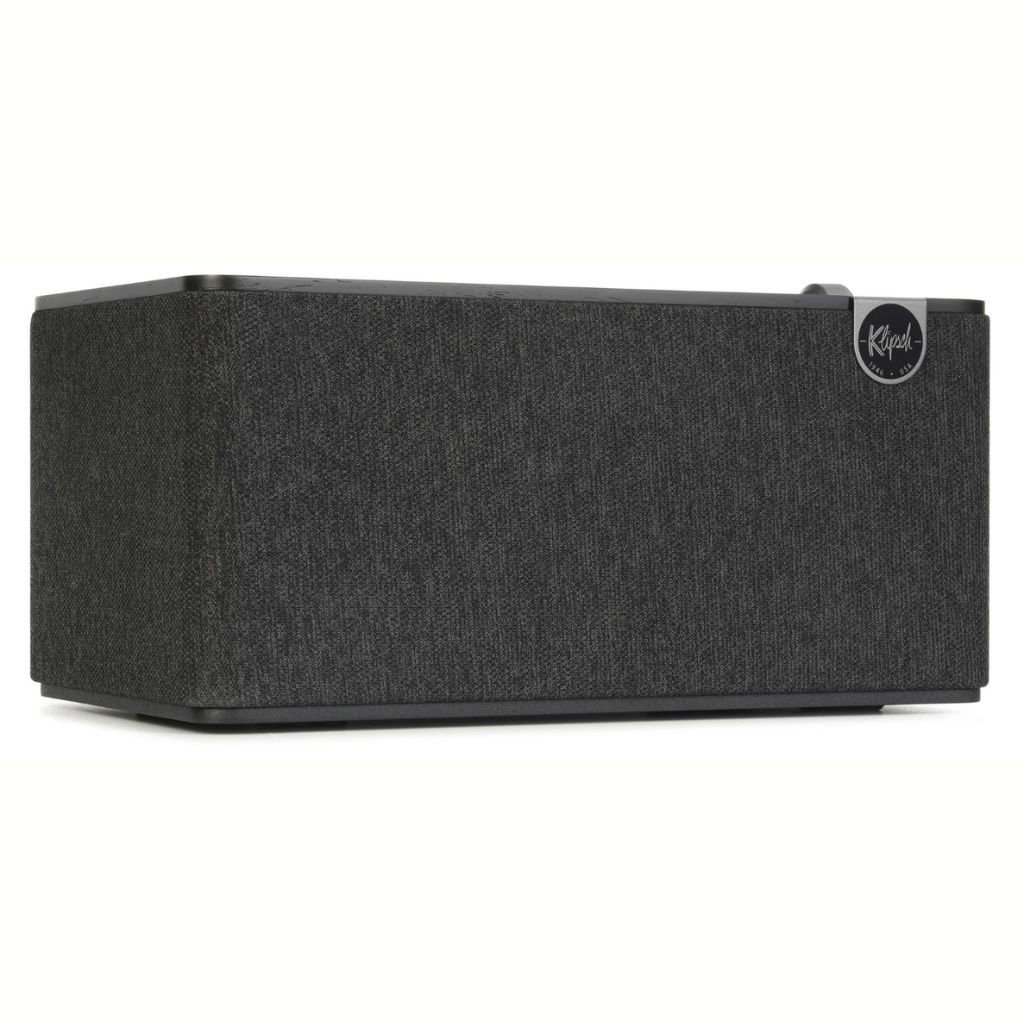
FEATURES: Tabletop powered speaker with exclusive Klipsch audio technology.
OTHER INFO: Dual 2.25-inch full-range drivers.
- Heritage Inspired construction provides born-to-be visual appeal in any room.
- None
When you click ‘Check Price’, you’ll see there are loads of great places to buy this item. Our personal favorite is Sweetwater for the US, and Thomann and Gear4Music for the UK & Europe.
They are the largest music retailers, with excellent customer service, competitive prices, really fast shipping, and the longest guarantees.
The professional musician who wrote this article combined many things,
from the product build, manufacturer’s reputation through to feedback
from other users, to create our famous TedScore™.
Eden EX210 2x10" Bass Cabinet
The Eden EX210 2×10″ Bass Cabinet features two high-quality 10-inch speakers and a tweeter, delivering a balanced, punchy tone with clear highs and robust lows.
Its compact design, combined with a sturdy build and efficient power handling, makes it an excellent choice for bassists needing a portable yet powerful cab for gigs and rehearsals.
Eden EX210 2x10" Bass Cabinet

FEATURES: 10" extended range neodymium speakers
OTHER INFO: Lightweight, powerful bass cab with 300W power handling
- Sturdy construction with recessed handles.
- Limited speaker configuration.
When you click ‘Check Price’, you’ll see there are loads of great places to buy this item. Our personal favorite is Sweetwater for the US, and Thomann and Gear4Music for the UK & Europe.
They are the largest music retailers, with excellent customer service, competitive prices, really fast shipping, and the longest guarantees.
The professional musician who wrote this article combined many things,
from the product build, manufacturer’s reputation through to feedback
from other users, to create our famous TedScore™.
Fundamentals of Impedance

Picture yourself tuning into your favorite song, and there’s a component working hard behind the scenes to bring you that crisp sound—impedance.
It’s the superhero of audio systems, balancing the flow of electricity to your speakers.
Defining Impedance
Impedance is the secret sauce to great audio. It’s measured in ohms (Ω), which tells you just how much a speaker resists the flow of electric current.
Imagine a water pipe: the bigger the pipe, the more water flows through it, right?
Impedance is like the pipe’s width for electricity; ohms measure how wide or narrow your audio pipe is.
With a blend of resistance, inductance, and capacitance, impedance isn’t just a one-trick pony. It’s a complex character trait of electrical circuits, especially in my speakers, that ensures everything operates harmoniously.
Impact on Audio Systems
So why should I care about impedance when setting up my sound system?
Well, it’s vital to match the impedance of my speakers to the amplifier’s output. A mismatch could lead to poor sound quality or even damage my equipment.
Higher impedance (8 ohms) usually means that my speakers are more tolerant and less taxing on my amplifier but may require more voltage to achieve the same loudness as lower impedance speakers.
On the flip side, a lower impedance (4 ohms) can give me a louder sound with less voltage, but it demands more current, so I need to make sure my amplifier can handle it without breaking a sweat.
Connecting Multiple Speakers
The combined impedance is a key performance factor when connecting speakers in the system. It affects how much power the speakers will draw and the quality of sound I’ll get.
Series vs. Parallel Connection
When I stack speakers in series, their impedances add together. If I have two 8-ohm speakers in series, the total impedance rocks up to 16 ohms.
A parallel setup is a whole different kettle of fish. The combined impedance dips lower than each speaker’s impedance. Imagine a buffet line with other foods; more routes equals less waiting time per person. They link two 8-ohm speakers in parallel, squishing the impedance to 4 ohms.
The combined impedance guides what my amplifier can handle, whether a series or parallel bash. If it’s not suited, it’s like putting wellies on a duck — unnecessary and potentially harmful.
The circuitry in my audio setup must play nice with the whole impedance thing. It’s the bread to my butter, ensuring each speaker performs well and in a splendid symphony with the others.
When connecting speakers to an amplifier, it’s crucial to consider impedance matching.
Using a lower impedance speaker with an amplifier not designed for such loads can lead to excessive current draw, potentially causing overheating and compromising the amplifier’s performance.
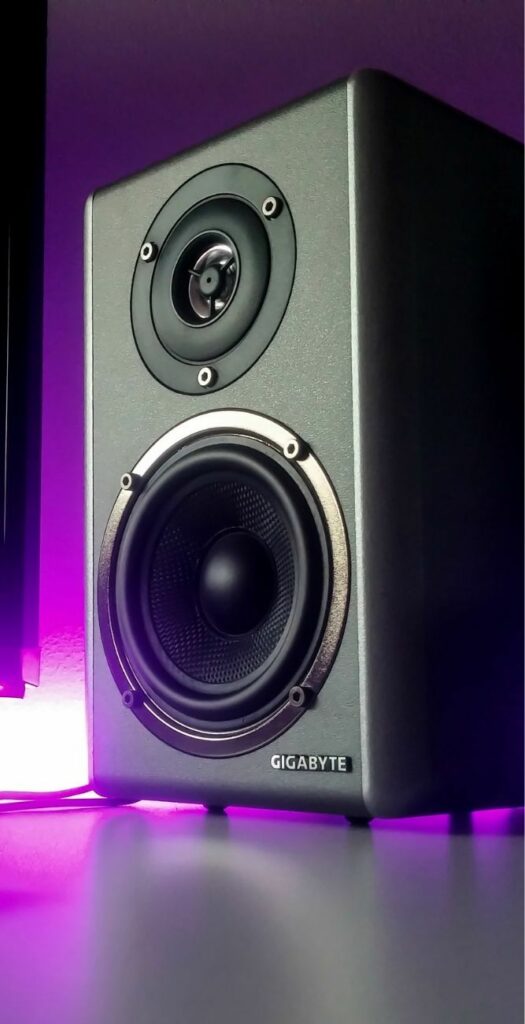
Conversely, a higher impedance speaker may need to draw more current, leading to inefficient power transfer and potential sound quality issues.
Therefore, ensuring that the amplifier output impedance is compatible with the speaker’s impedance for optimal performance and to prevent any damage to the equipment is essential.
Considerations for Audio System Design
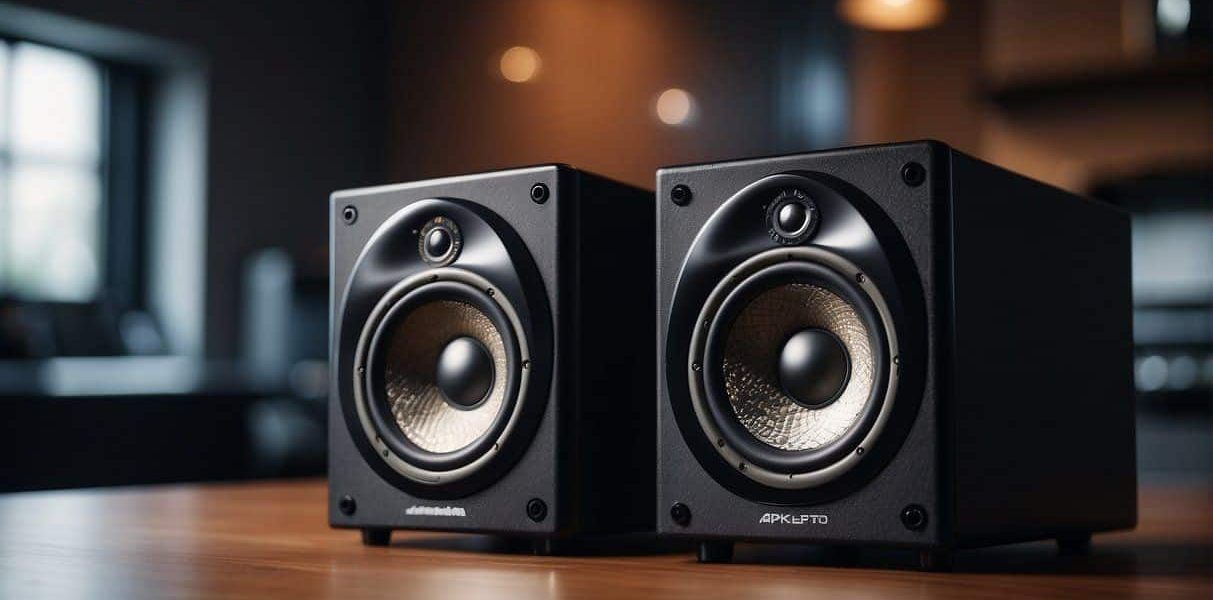
Piecing together an audio system is like fitting together parts of a puzzle. My main goal is to find harmony between the components, keeping in mind parameters like budget and specifications.
Selecting the Right Components
Choosing the heart and soul for my audio system begins with picking the right speaker and amplifier combo. They must match; I wouldn’t want a playful rogue of an amp to underpower my speakers or, worse, blow them out.
If my budget is tight, but I’m after quality sound, I might lean towards a trustworthy brand known for its sterling performance, as this could save me from future heartache.
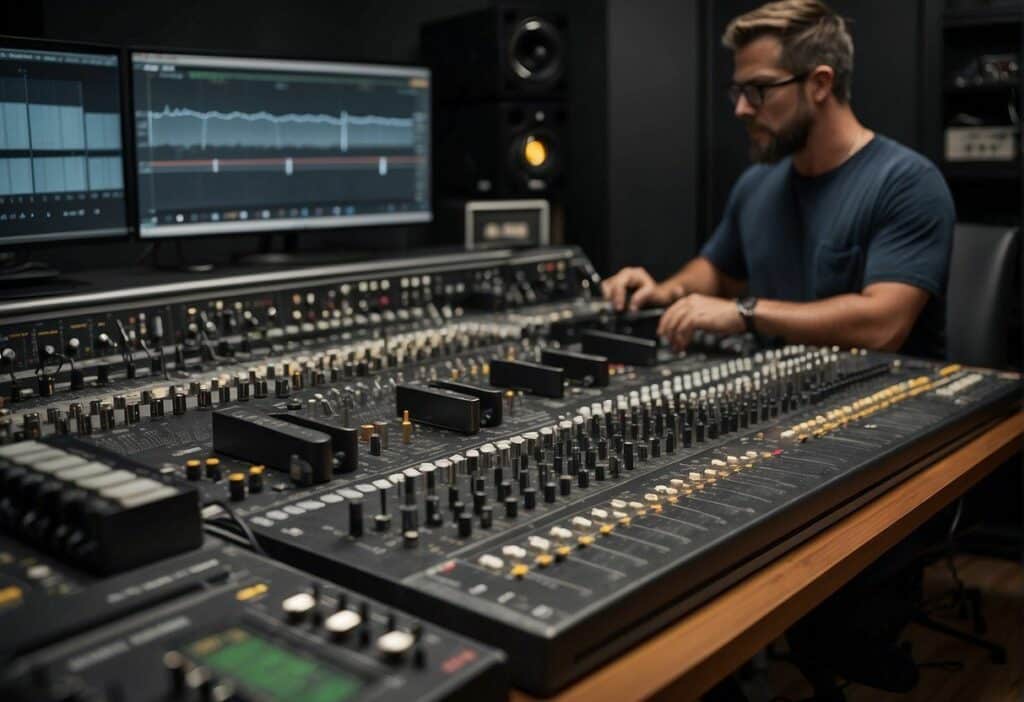
As for the speakers, I usually encounter 4-ohm and 8-ohm varieties on my adventures.
4-ohm speakers can be demanding on the amplifier because they ask for more juice to deliver their sound. But if my amplifier is up for the challenge, they can belt out a louder tune with gusto.
Meanwhile, settling on an 8-ohm speaker brings out the mellow side of things; they’re more lenient on the amplifier and a safer bet if I dabble in home audio systems for the first time.
Understanding the Specifications
I believe it’s important to check the speakers’ power handling; it shows how much power they can handle before they start sounding bad. A higher power handling capacity means there’s more room for loud and clear sound.
But it’s not all about power; sensitivity tells its tale, too. It’s a nifty number that shows how effectively the speaker converts energy from the amplifier into sound.
I also double-check the amplifier’s power output to ensure it matches my speakers’ impedance. I watch for total harmonic distortion (THD) stats, which hint at the clarity of audio that will grace my ears.
4 ohms vs 8 ohms:
Essential Points
In my adventures with speakers, I’ve realized that choosing between 4-ohm and 8-ohm speakers hinges on your amplifier and listening desires. I’ve found that 4-ohm speakers draw more power, resulting in vibrant, room-filling sound if paired with a compatible amplifier.
Conversely, 8-ohm speakers are generally less demanding on your amplifier, leading to a more energy-efficient setup. I would opt for 8 ohms in my setup if I sought longevity and easier pairing with various amplifiers.
Power Handling: 4 ohm > 8 ohm
Amplifier Compatibility: 4 ohms (selective), 8 ohms (broader)

I’ve got to tip my hat to the sheer versatility of 8-ohm speakers; they’ve been a reliable ally in most home audio scenarios. Yet, when I’ve wanted that extra oomph and checked that my amp agrees, 4-ohm speakers have not disappointed me.
Volume Levels: 4 ohms (potentially louder), 8 ohms (moderate)
Energy Efficiency: 4 ohm (lower), 8 ohm (higher)
Whether you slot into Team 4-Ohm or Team 8-Ohm, it might be what tickles your fancy and suits your gear. Remember, the golden rule is harmony between amp and speaker impedance.
Wait, there’s more!!
Explore the differences between Studio Monitors vs. Speakers in this article.
FAQ's
The choice between 4 ohms and 8 ohms depends on the specific requirements of the audio setup, amplifier, and speakers. Each impedance rating has advantages and considerations, so selecting the impedance that best suits the equipment and desired sound is essential.
Using 4-ohm speakers with an 8-ohm amplifier is generally not recommended, as it can place additional strain on the amplifier and potentially lead to overheating or damage. Matching the speaker and amplifier impedance is best for optimal performance and safety.
The suitability of speaker and amplifier impedances, whether higher or lower ohms, depends on the specific audio system and amplifier. Higher and lower-impedance speakers have advantages and considerations, and the best choice depends on the equipment and the desired sound.
For 4-ohm speakers, it’s important to use an amplifier specifically designed and rated to handle a 4-ohm load. Using an amp not rated for 4-ohm speakers can lead to overheating, potential damage, and compromised sound quality.



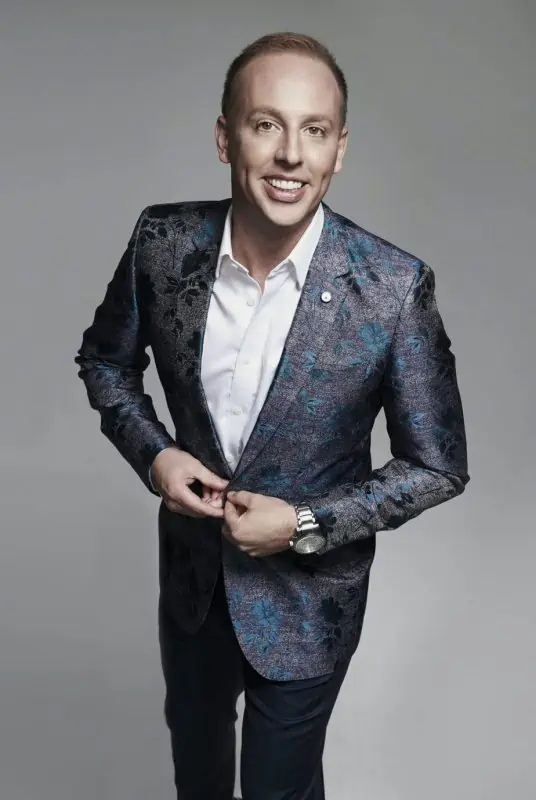






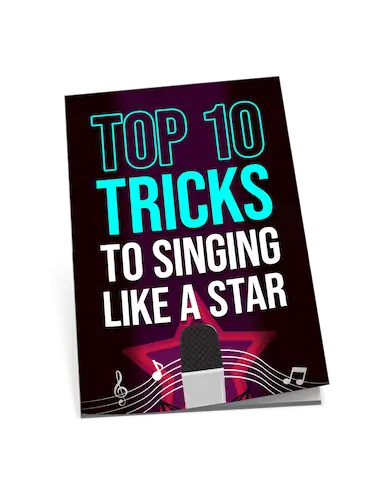
It’s always interesting to see how modern brands stack up against the classic models. I’d be curious to compare the sound quality of these recommended brands with vintage speakers, which often were designed with different impedance standards.
While the article provides a foundational understanding of speaker impedance and its effect on audio quality, I find the emphasis on brand recommendations slightly arbitrary without a more analytical approach to their performance benchmarks. In particular, the acoustic physics behind why certain brands excel with 4 Ohm speakers versus 8 Ohm speakers would have greatly enriched this discussion. Furthermore, an exploration into the efficiency and sensitivity of these speakers in real-world settings would provide readers with practical insights to inform their purchasing decisions.
really loved how u broke down the 4 ohm vs 8 ohm thing, robert. been mixing and matching speakers in my home studio and this sheds a lot of light. got myself an Eden EX210 based on your shout out. sounds amazing! cheers for the tip.
Hey Robert Emery, quick q: I noticed you listed some top brands for both 4 ohm and 8 ohm speakers, but how do they stand up in terms of durability and warranty? I’m planning a setup that I wanna last. Thx!
Indeed, Bowers offers a five-year warranty, which is quite competitive. Markbass and Klipsch also offer comprehensive coverage. Always verify with the latest policy.
That’s a good question, Terry. From my exp, Bowers & Wilkins has a solid warranty. Always worth checking directly with them though.